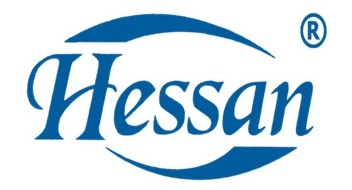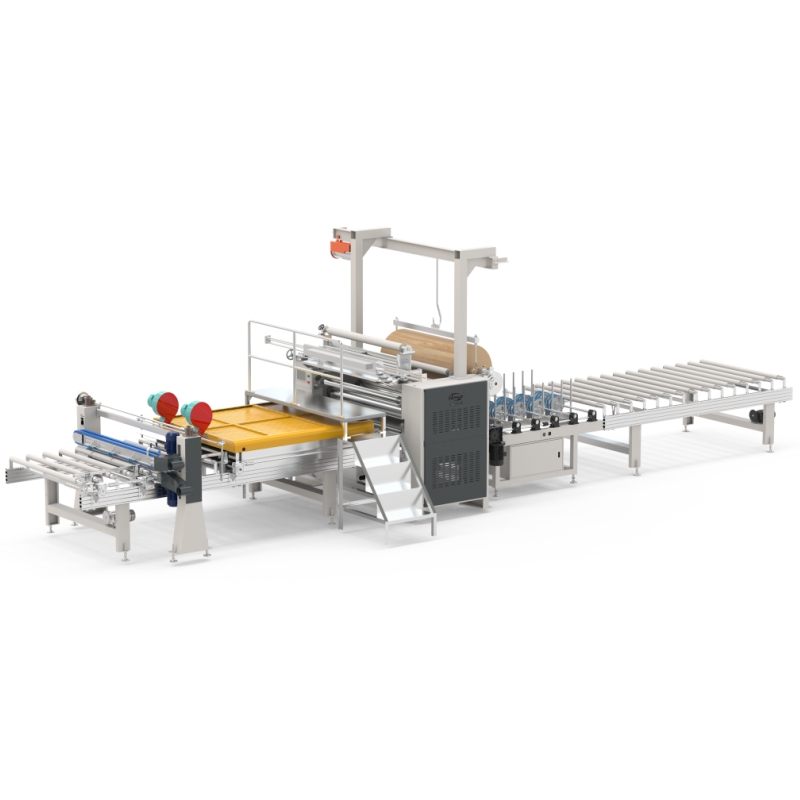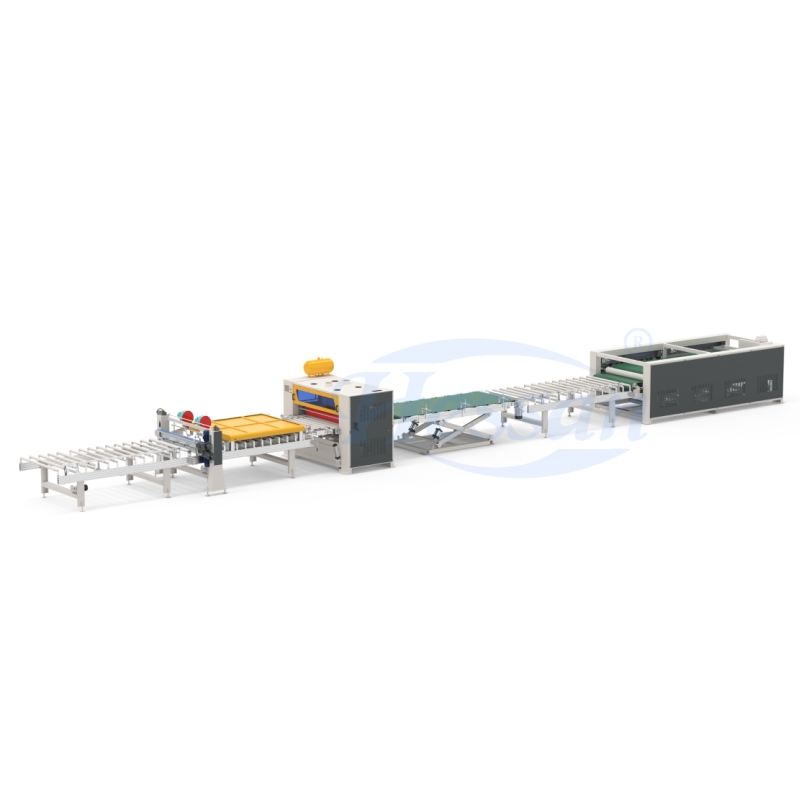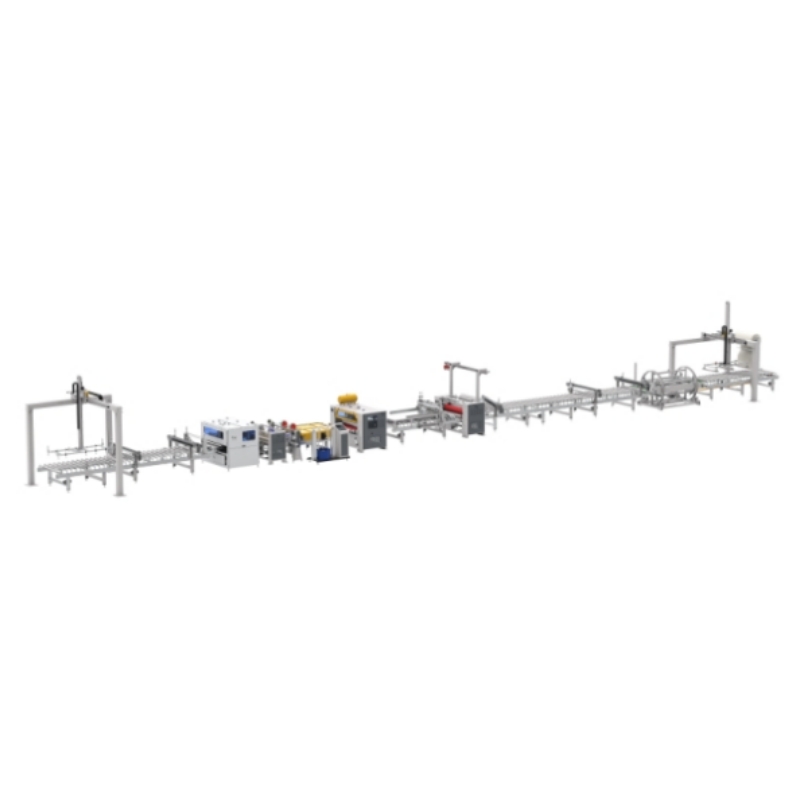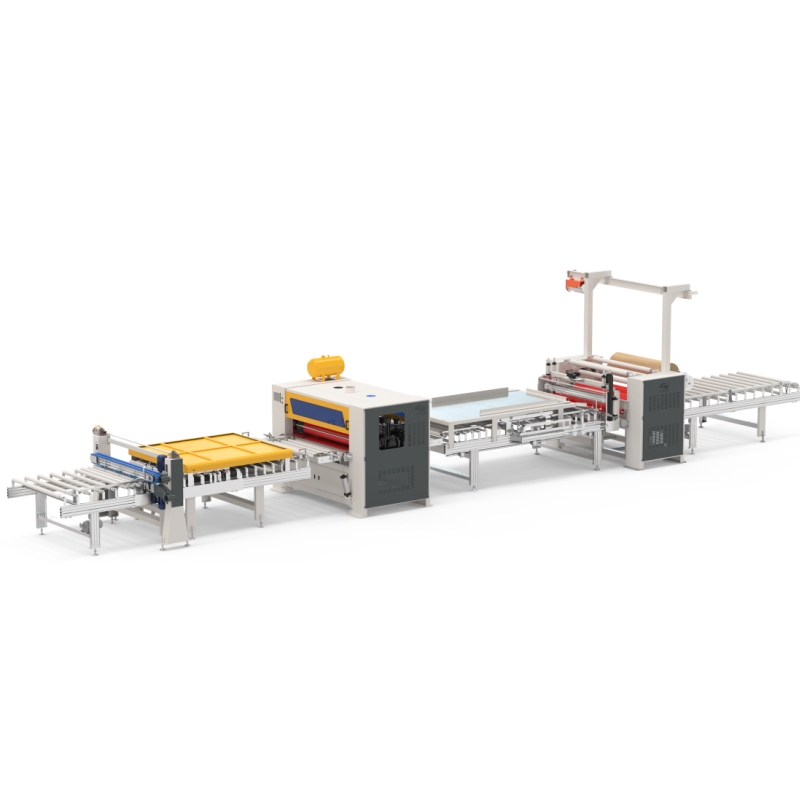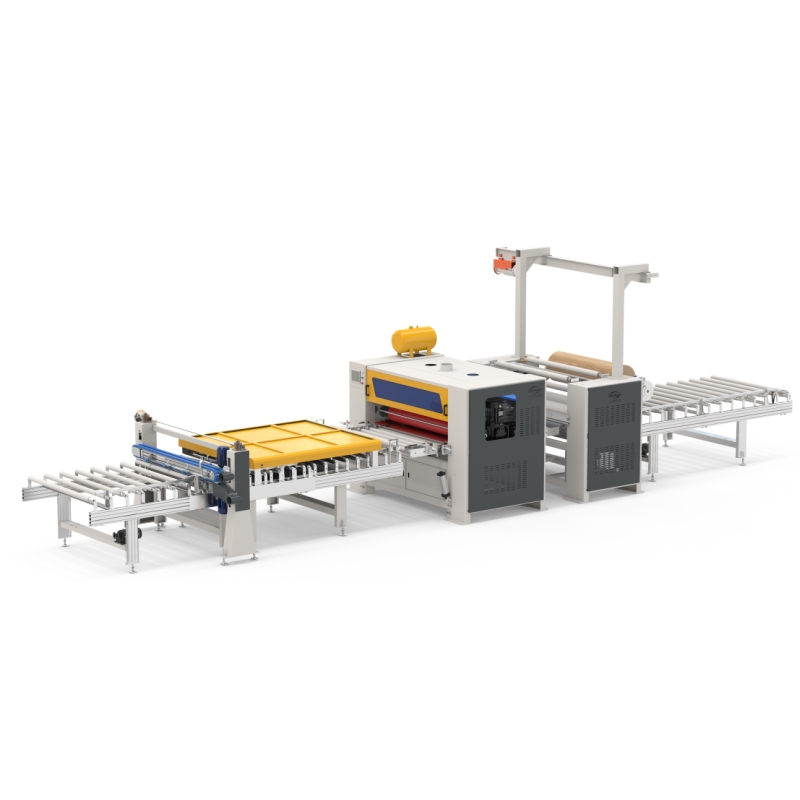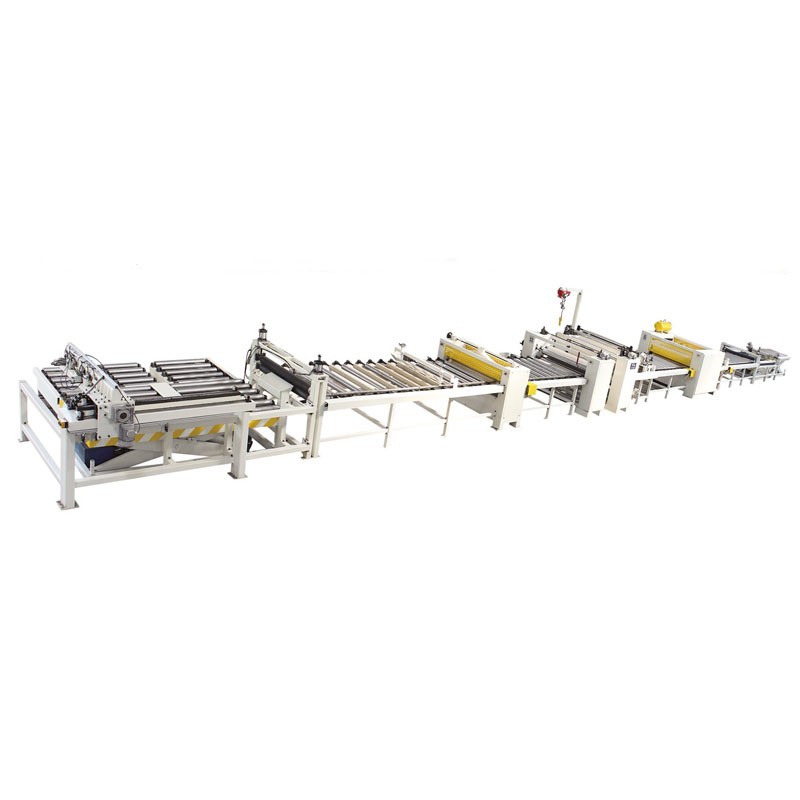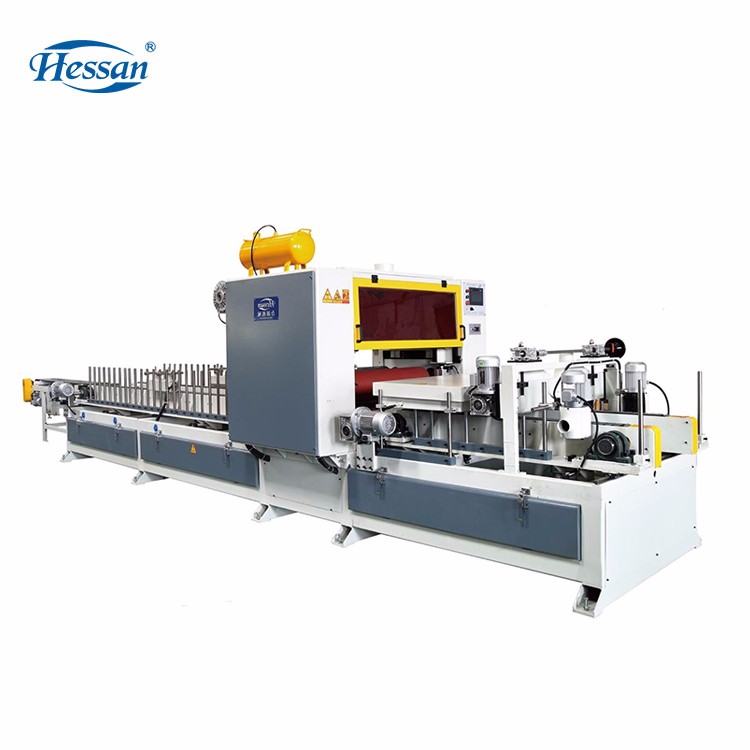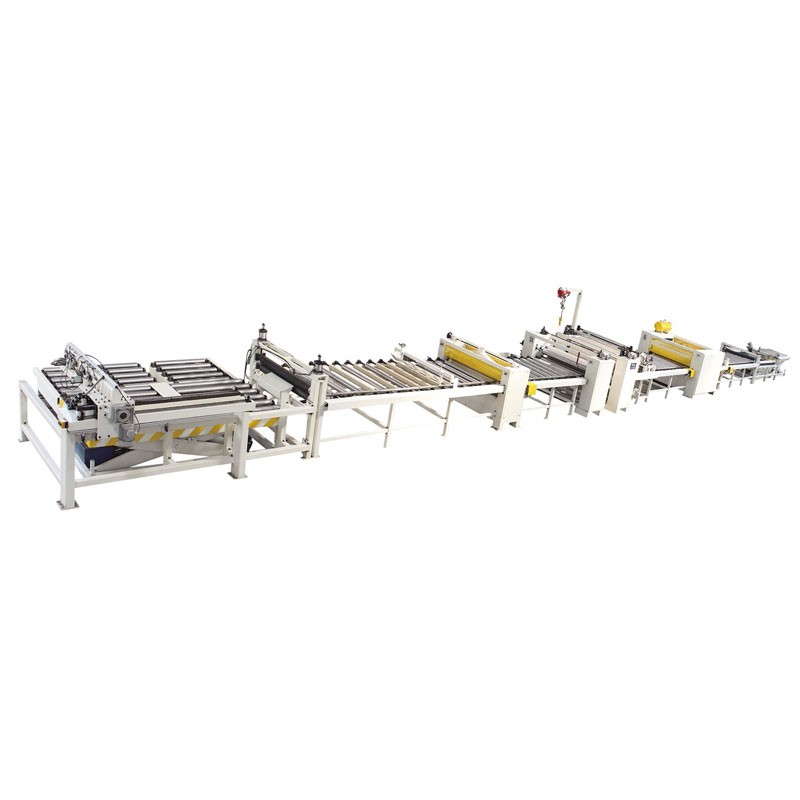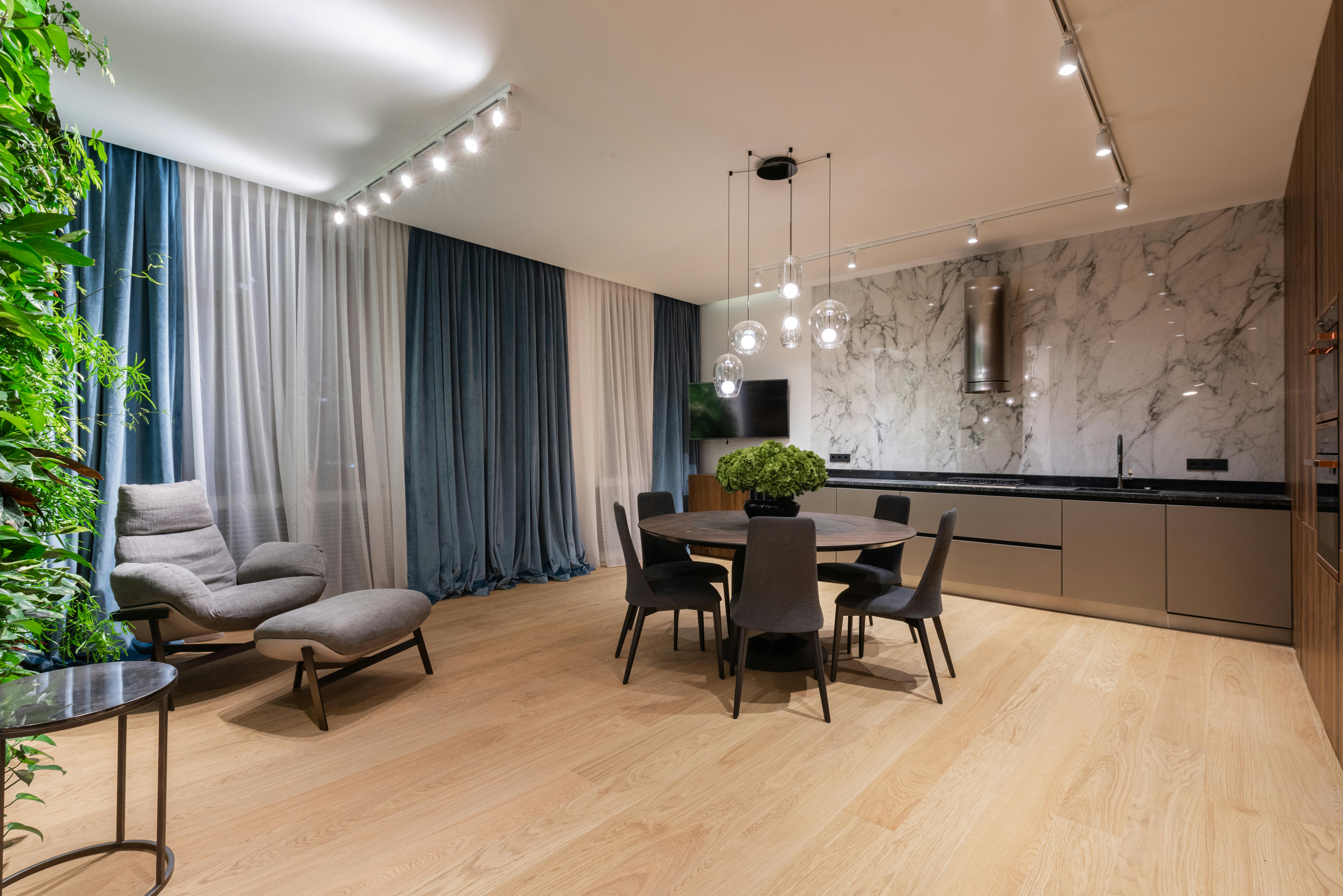Introduction
The demand for high-quality, durable surfaces in furniture and interior design has driven innovations in laminating technology. Among these, PUR laminating machines have emerged as a game-changer for bonding PET films to substrates like particle board, especially for applications in wall panels and cabinet boards. This article explores the process, benefits, and key considerations when using a flat laminating machine for PUR lamination with PET surfaces.
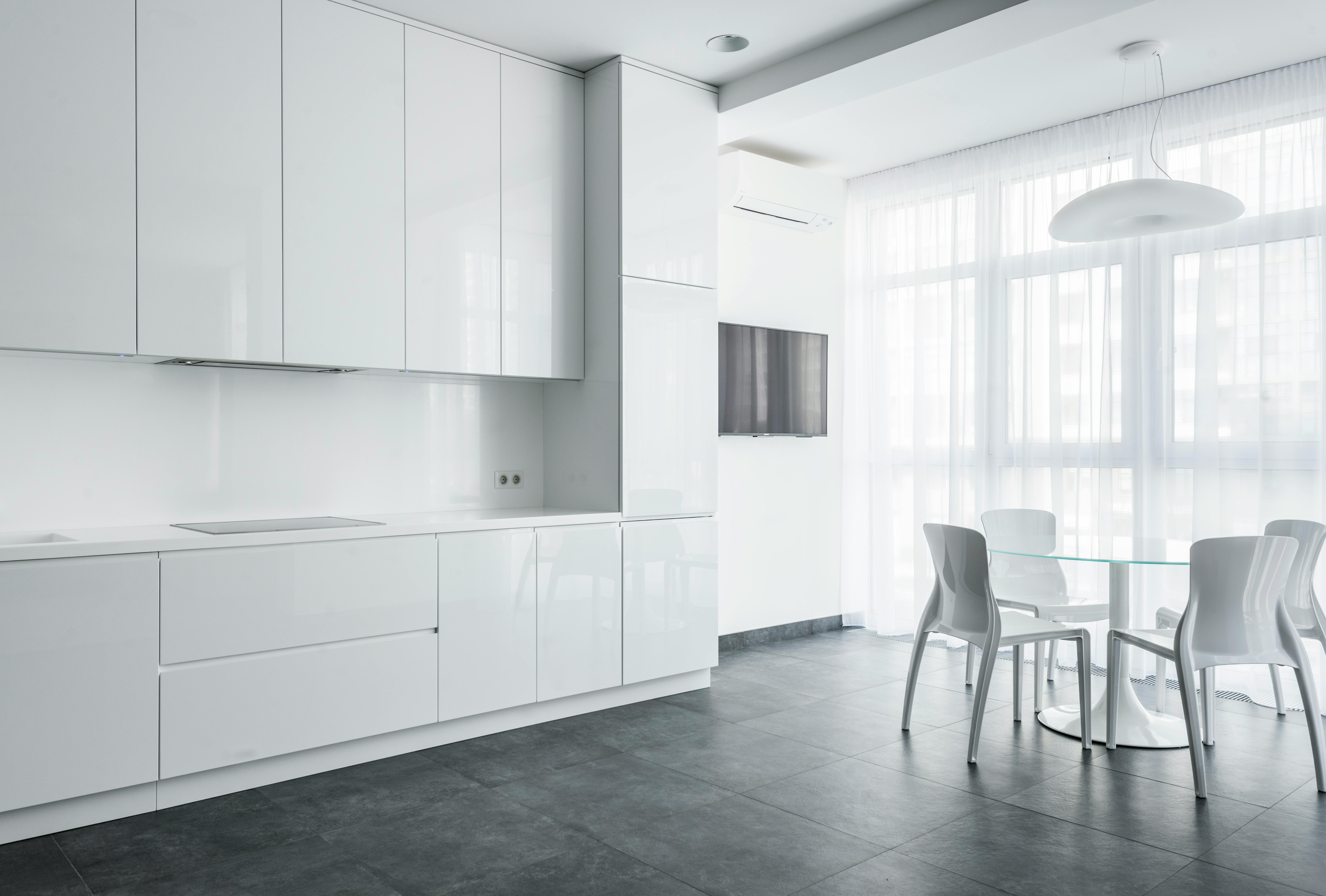
What is PUR Lamination?
PUR (Polyurethane Reactive) lamination is a advanced adhesive bonding process that uses moisture-curing polyurethane adhesives. Unlike traditional methods, PUR creates a permanent, ultra-strong bond resistant to heat, moisture, and chemicals. This makes it ideal for laminating PET films onto particle board for high-traffic applications like wall panels and cabinet boards.
Why Use a Flat Laminating Machine for PUR Lamination?
A flat laminating machine specifically designed for PUR lamination offers unmatched precision and efficiency. Key advantages include:
Superior Bonding Strength: PUR adhesives penetrate deeply into porous substrates like particle board.
Heat and Moisture Resistance: Critical for kitchens (cabinet boards) and bathrooms (wall panels).
Smooth Finish: Eliminates bubbles or wrinkles, ensuring flawless PET surfaces.
Eco-Friendly: PUR adhesives contain no solvents, reducing VOC emissions.
Applications in Wall Panels and Cabinet Boards
Wall Panels:
PET-laminated particle board is lightweight, scratch-resistant, and easy to clean. A PUR laminating machine ensures seamless adhesion, even for large-format panels.Cabinet Boards:
Cabinets require surfaces that withstand daily wear. PUR-bonded PET films offer UV resistance and aesthetic versatility, mimicking wood, metal, or solid colors.
Step-by-Step Process for PET Lamination on Particle Board
Substrate Preparation: Ensure particle board is dry, smooth, and free of dust.
Adhesive Application: The flat laminating machine evenly spreads PUR adhesive on the board.
Film Layering: PET film is pressed onto the adhesive-coated surface.
Curing: PUR adhesive reacts with moisture, forming an irreversible bond within 24–48 hours.
Trimming: Excess film is cut for a clean edge.
Choosing the Right PUR Laminating Machine
When selecting a PUR laminating machine, consider:
Production Capacity: Match machine speed (e.g., 10–15m/min) to your output needs.
Temperature Control: Precise heating ensures optimal adhesive activation.
Compatibility: Verify support for PET film thickness (0.2–1.0mm) and board sizes.
Automation: Advanced models feature PLC systems for consistency.

Conclusion
Investing in a PUR laminating machine for PET-film applications on particle board unlocks new possibilities for wall panels and cabinet boards. The combination of PUR technology and flat laminating precision delivers surfaces that are not only visually stunning but also built to last. For businesses aiming to lead in furniture or interior design markets, adopting this advanced laminating method is a strategic step forward.
Optimize your production line today with cutting-edge PUR flat laminating machines and elevate the quality of your laminated particle board products!
